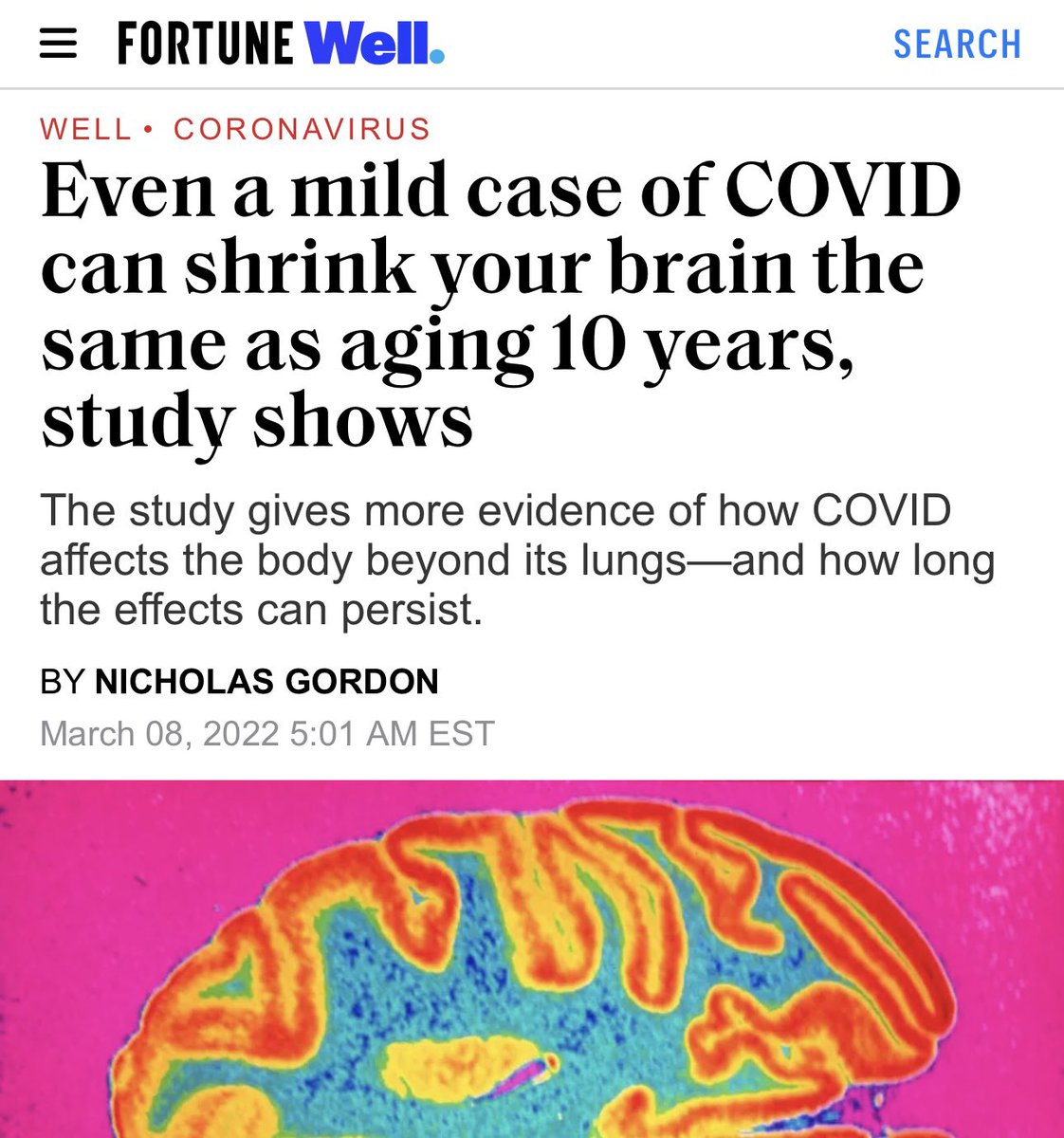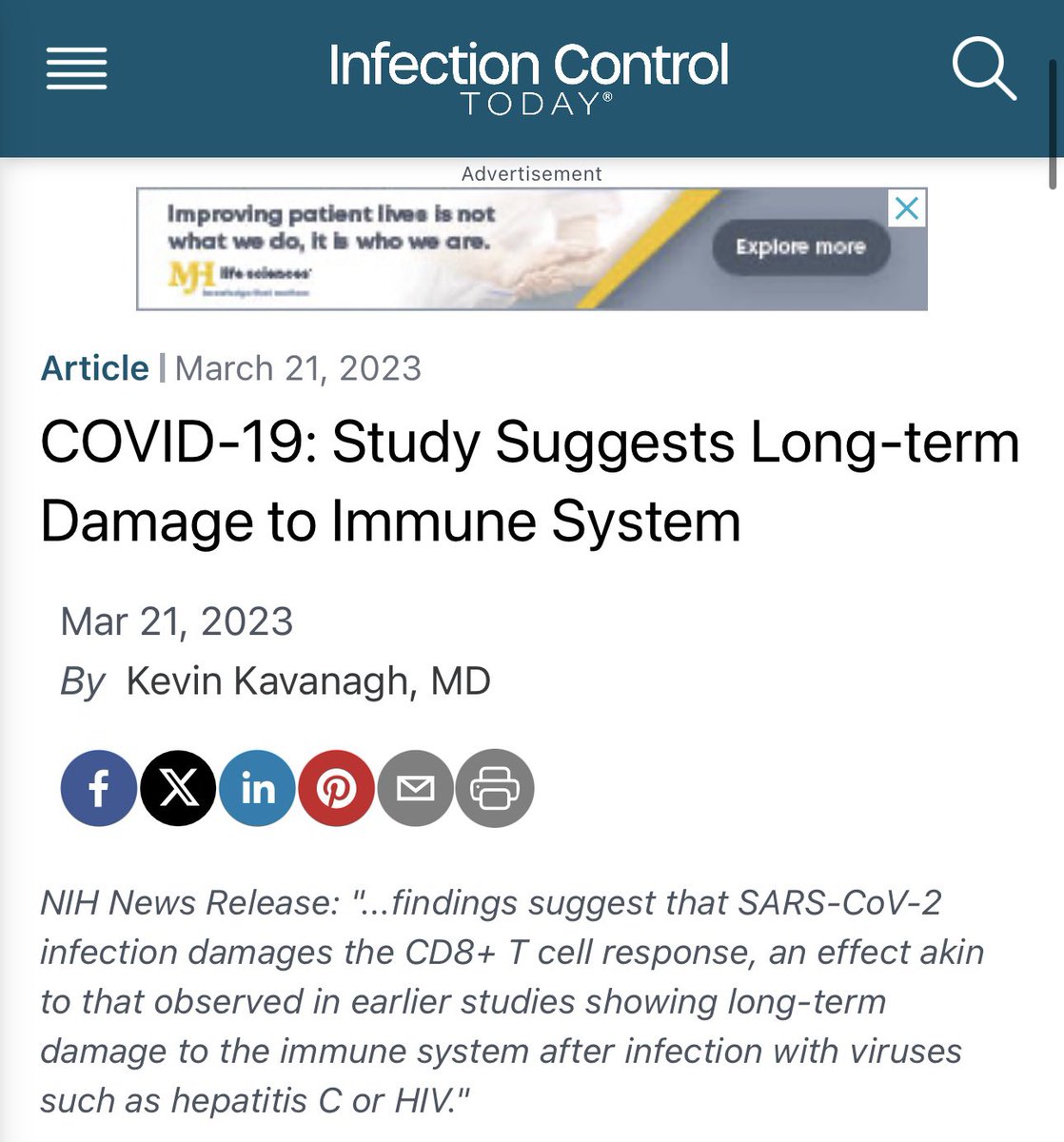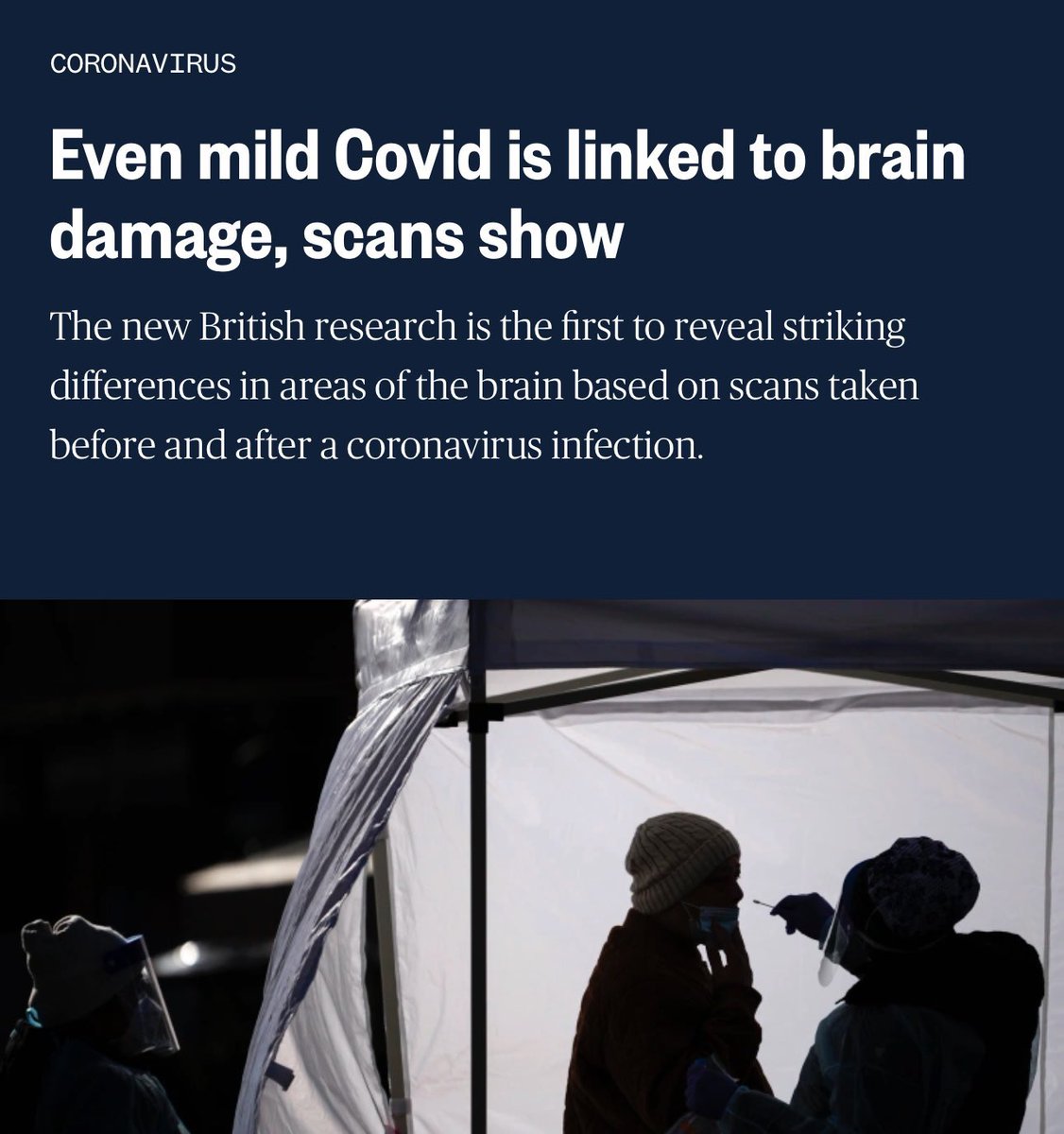🧵 Thread: Why don’t people take COVID seriously in Year 6 of the pandemic?
A virus that disables the immune system, damages the brain, heart, and vasculature.
And spreads like smoke.
Yet the world shrugs.
Why?
Because mass denial is doing what it always does.
1/18



A virus that disables the immune system, damages the brain, heart, and vasculature.
And spreads like smoke.
Yet the world shrugs.
Why?
Because mass denial is doing what it always does.
1/18




When a threat is chronic, invisible, and socially inconvenient, people don’t rationally evaluate it, they emotionally suppress it.
Denial becomes a survival mechanism. Especially in societies offering zero support for caution, it’s easier to numb out than face reality.
2/
Denial becomes a survival mechanism. Especially in societies offering zero support for caution, it’s easier to numb out than face reality.
2/
This denial is socially rewarded.
If you mask, you’re weird.
If you talk about COVID, you’re exhausting.
If you stay home sick, you’re overreacting.
People protect their comfort and status by mirroring the crowd, even if the crowd is sleepwalking off a cliff.
3/
If you mask, you’re weird.
If you talk about COVID, you’re exhausting.
If you stay home sick, you’re overreacting.
People protect their comfort and status by mirroring the crowd, even if the crowd is sleepwalking off a cliff.
3/
And here’s the trap:
You look around and think,
“Well, most people seem fine.”
They’re working. Studying. Socialising. Posting selfies at festivals. So maybe it’s not so bad?
Wrong. You’re seeing the illusion of normalcy, not the absence of harm.
4/
You look around and think,
“Well, most people seem fine.”
They’re working. Studying. Socialising. Posting selfies at festivals. So maybe it’s not so bad?
Wrong. You’re seeing the illusion of normalcy, not the absence of harm.
4/
This is survivorship bias in action.
Those visibly unwell aren’t in your social feeds, they’re out of work, at home, in hospital, or dead.
You don’t see the dropouts, breakdowns, or subtle cognitive slips.
You see what’s left: the people still functioning. For now.
5/
Those visibly unwell aren’t in your social feeds, they’re out of work, at home, in hospital, or dead.
You don’t see the dropouts, breakdowns, or subtle cognitive slips.
You see what’s left: the people still functioning. For now.
5/
Many people appear fine after 5, 6, even 10 infections. But the science tells us this:
- Every reinfection carries additional risk
- Long-term effects can be cumulative and delayed
- Brain, heart, and immune damage can be subclinical/invisible, until it’s not
6/
- Every reinfection carries additional risk
- Long-term effects can be cumulative and delayed
- Brain, heart, and immune damage can be subclinical/invisible, until it’s not
6/
We are not saying everyone who gets covid becomes visibly disabled overnight.
We’re saying SARS-CoV-2 is a slow burn. It chips away at systems, bodily and societal, while the surface still looks “normal.”
By the time it’s obvious, the damage is widespread and entrenched.
7/
We’re saying SARS-CoV-2 is a slow burn. It chips away at systems, bodily and societal, while the surface still looks “normal.”
By the time it’s obvious, the damage is widespread and entrenched.
7/
We’re not saying everyone who had covid is cognitively impaired.
But if you’re seeing mass apathy, normalisation of harm, and a public that won’t even say the word “covid” anymore, you’re seeing population-level damage; psychological and neurological.
8/
But if you’re seeing mass apathy, normalisation of harm, and a public that won’t even say the word “covid” anymore, you’re seeing population-level damage; psychological and neurological.
8/
Yes, people under 25 often look resilient. They’re finishing exams, going to university, competing in sports.
But infection isn’t a test of how you look today. It’s about what’s accumulating in your cells, your vessels, your brain, year after year.
“Fine” is not forever.
9/
But infection isn’t a test of how you look today. It’s about what’s accumulating in your cells, your vessels, your brain, year after year.
“Fine” is not forever.
9/
Lead didn’t destroy brains in a day.
Smoking didn’t kill after one cigarette.
Covid is no different. It accumulates, corrodes, then collapses.
“Feeling fine” just means the timer hasn’t hit zero yet.
10/
Smoking didn’t kill after one cigarette.
Covid is no different. It accumulates, corrodes, then collapses.
“Feeling fine” just means the timer hasn’t hit zero yet.
10/
And that’s what keeps this denial loop going:
- People look fine
- So others assume infection doesn’t matter
- So they take no precautions
- So reinfections continue
- And the invisible damage builds
Until “fine” collapses, too late for many to reverse it.
11/
- People look fine
- So others assume infection doesn’t matter
- So they take no precautions
- So reinfections continue
- And the invisible damage builds
Until “fine” collapses, too late for many to reverse it.
11/
And yes, brain damage is real.
SARS-CoV-2 invades the brain and can damage areas like the frontal lobe, which governs judgment, empathy, and threat detection. That’s not a conspiracy theory, it’s published science.
We’re normalising subtle impairment on a mass scale.
12/
SARS-CoV-2 invades the brain and can damage areas like the frontal lobe, which governs judgment, empathy, and threat detection. That’s not a conspiracy theory, it’s published science.
We’re normalising subtle impairment on a mass scale.
12/
And here’s the thing: brain changes don’t replace societal or cultural shifts. They interact.
You can have rising fascism and a neurotropic virus blunting empathy. You can have structural cruelty and people less neurologically equipped to resist it.
It’s not either/or.
13/
You can have rising fascism and a neurotropic virus blunting empathy. You can have structural cruelty and people less neurologically equipped to resist it.
It’s not either/or.
13/
And this is in addition to the psychological collapse caused by societal neglect:
- No sick leave
- No protections
- No support
- No solidarity
People shut down because they’re overwhelmed, unsupported, and exhausted. The neurological damage exacerbates this collapse.
14/
- No sick leave
- No protections
- No support
- No solidarity
People shut down because they’re overwhelmed, unsupported, and exhausted. The neurological damage exacerbates this collapse.
14/
So they downplay, minimise, gaslight, or laugh it off.
They say “it’s just a cold,” even while sick for weeks.
They blame masks, lockdowns, vaccines; anything but the virus.
They forget their last infection, until the next one.
It’s mass cognitive avoidance.
15/
They say “it’s just a cold,” even while sick for weeks.
They blame masks, lockdowns, vaccines; anything but the virus.
They forget their last infection, until the next one.
It’s mass cognitive avoidance.
15/
These aren’t contradictory explanations. They’re synergistic.
Social cruelty and brain damage can coexist. Normalisation and neurological harm reinforce each other.
To pretend it’s “one or the other” is intellectually dishonest, and dangerously reductive.
16/
Social cruelty and brain damage can coexist. Normalisation and neurological harm reinforce each other.
To pretend it’s “one or the other” is intellectually dishonest, and dangerously reductive.
16/
So when people say:
“Why are you still worried?”
“Most people are fine.”
“Covid is just like the flu now.”
Understand they’re not seeing clearly; biologically, socially, or morally.
Because the very systems meant to notice danger are being degraded.
17/
“Why are you still worried?”
“Most people are fine.”
“Covid is just like the flu now.”
Understand they’re not seeing clearly; biologically, socially, or morally.
Because the very systems meant to notice danger are being degraded.
17/
This is not just a health crisis. It’s a cognitive, emotional, and civilisational one.
The longer we ignore it, the more we lose. Clarity, empathy, memory, trust, our future.
Wake up.
18/18
The longer we ignore it, the more we lose. Clarity, empathy, memory, trust, our future.
Wake up.
18/18
People don’t blindly believe the government on everything.
They protest over Palestine, reject official lines on climate change, corruption, war.
Why assume they suddenly become helpless truth-consumers when it comes to COVID?
They protest over Palestine, reject official lines on climate change, corruption, war.
Why assume they suddenly become helpless truth-consumers when it comes to COVID?
https://twitter.com/chaosiscrying/status/1950544833136746954
Evidence of mass illness is everywhere: workplace outbreaks, long-term sickness, cognitive issues, kids constantly sick.
This isn’t just propaganda, it’s denial by choice.
The reality is that people aren’t just misled, they want to believe it’s over.
Denial is embraced.
This isn’t just propaganda, it’s denial by choice.
The reality is that people aren’t just misled, they want to believe it’s over.
Denial is embraced.
This tweet is pertinent to this discussion…
https://twitter.com/jamesthrot/status/1947244158760169506
• • •
Missing some Tweet in this thread? You can try to
force a refresh




